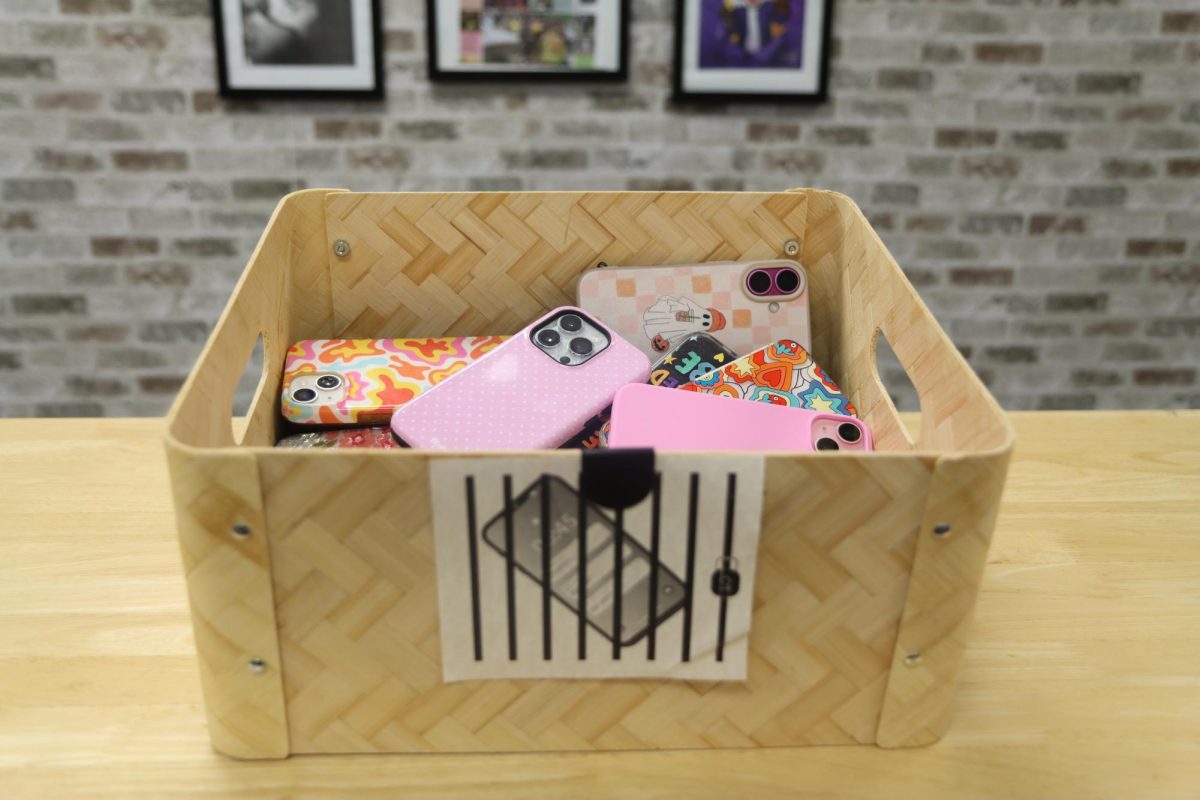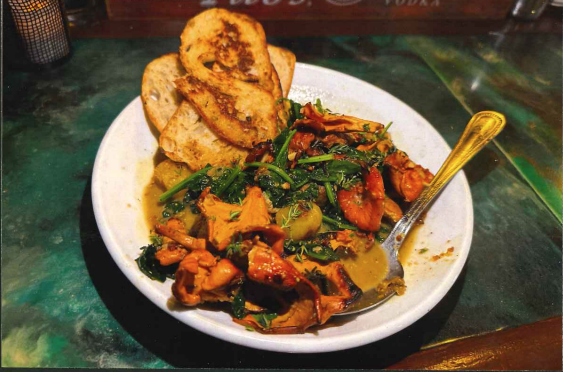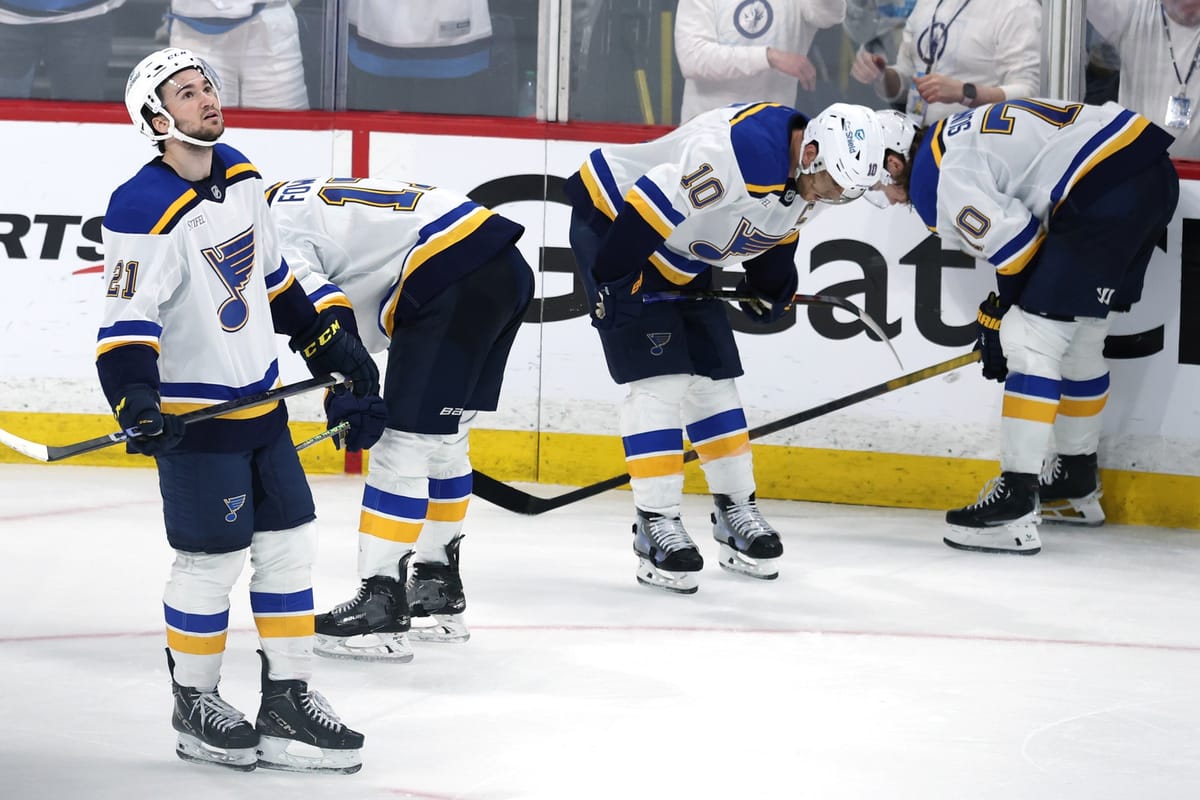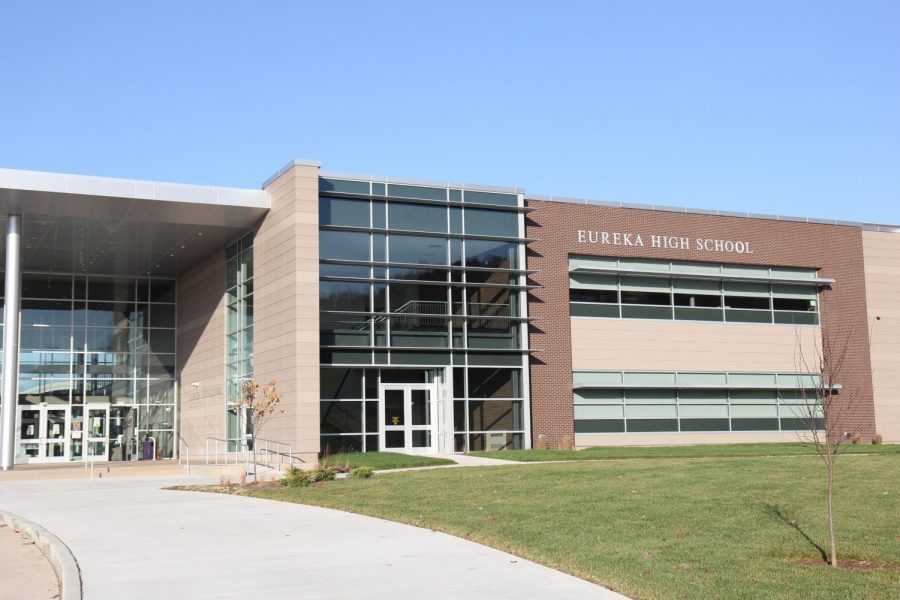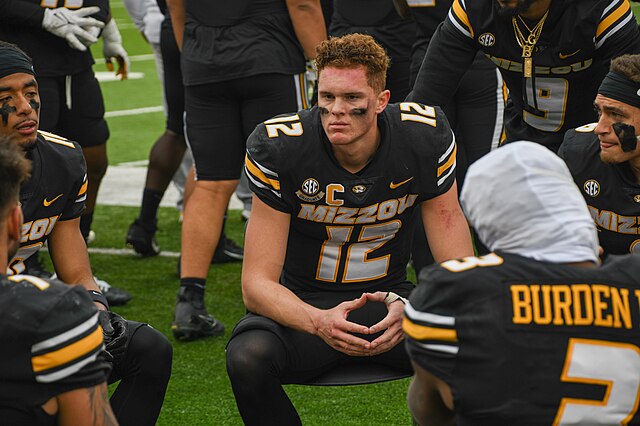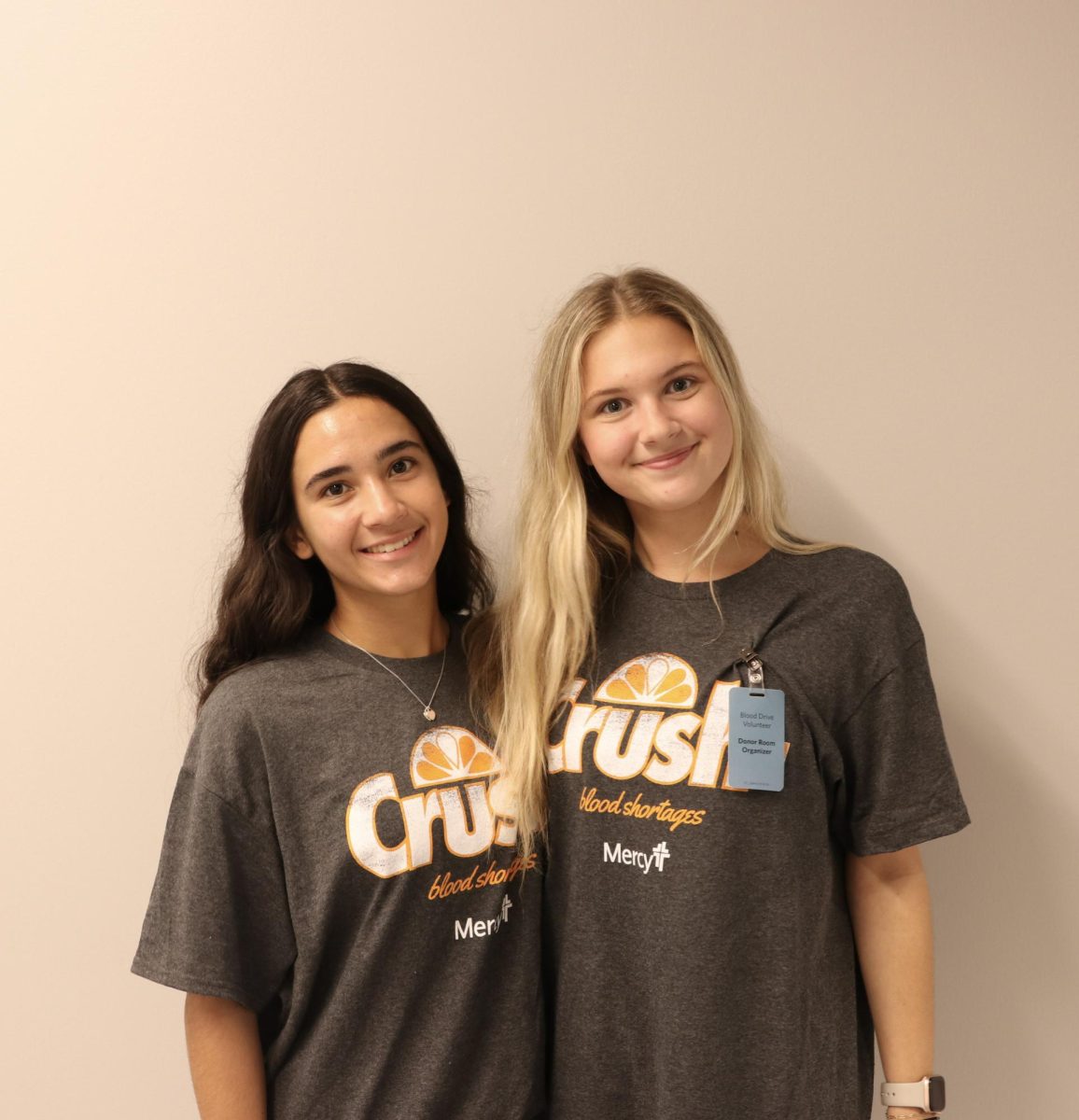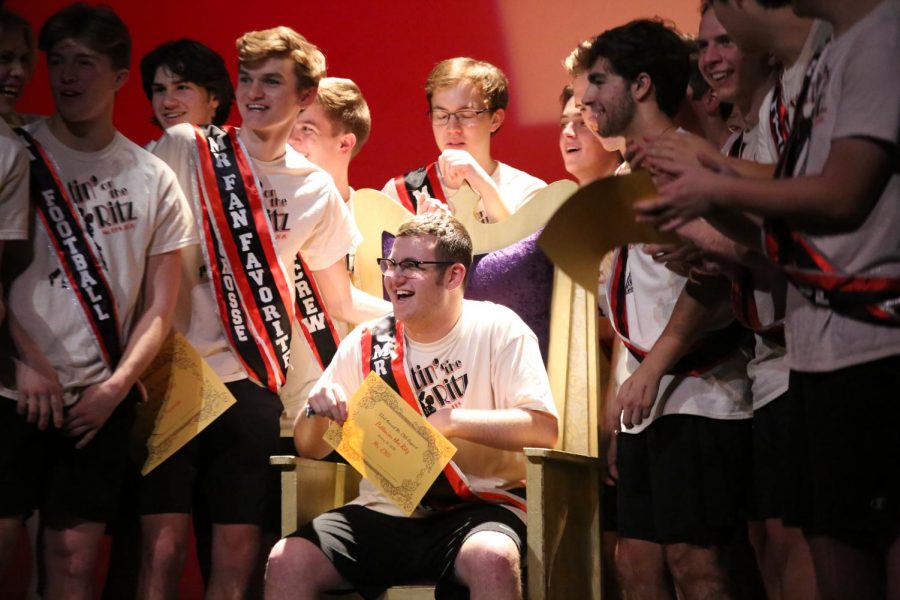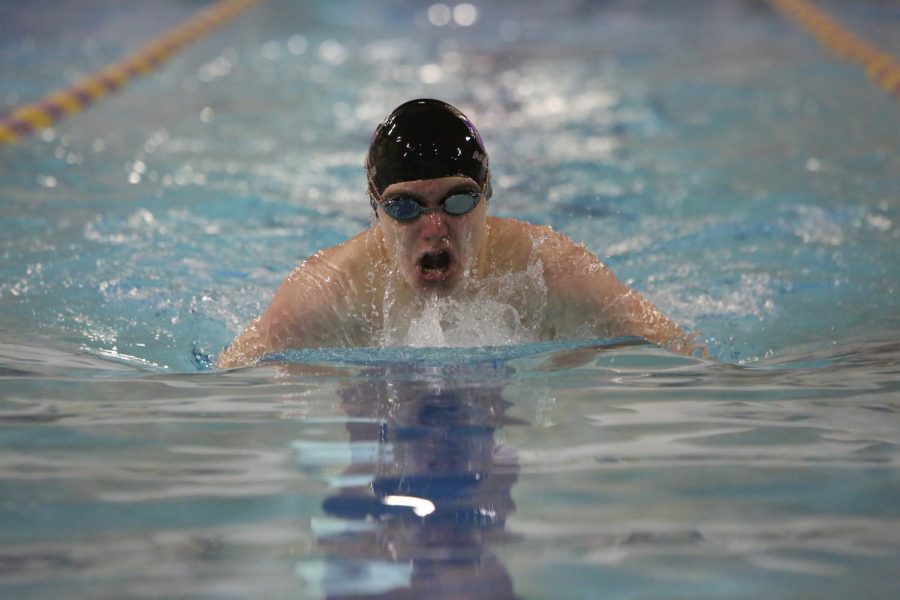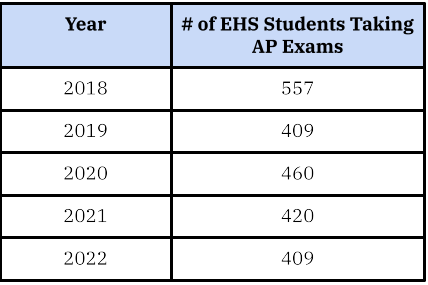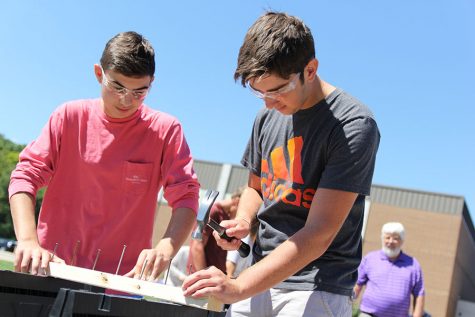Digging deep
A look at what should be shaping classroom instruction
Keith Baremore, Science, and Bennett Lyday (11) get their hands dirty while examining the parts of the brain.
The lights are off. Slides about the Mongolian Empire illuminate the room.
“Nomadic people from the Steppes of Asia.
Originally a group of independent tribes”
Pastoralists
- Definition: People who survived by raising animals instead of farming.
Excellent horsemen”
Making the connection between 2017 America and 1200 Mongolia (now Eastern Europe and Japan) is a stretch through more than 800 years. The lessons offered from the lives of these nomadic horsemen can be hard for a First- World teenager to grasp.
“The majority of my classes every day are taught through lectures,” Katie Meyerkord (12) said.
Meyerkord’s schedule
- AP Biology
- British/World Literature
- Forensic Science
- Ceramics 1
- AP Spanish Language
- Statistics
While the standard lecture format may prepare students for their college studies in nursing, research shows that the lecture is not the most effective delivery system for learners.
Scott Freeman and his colleagues, biologists at the University of Washington in Seattle studied 225 undergraduate teaching methods of science technology engineering and math. Based on their studies that compared auditory learning to active, hands-on learning, they concluded that students learning by lecture are 1.5 times more likely to fail than those who engaged in more active styles of learning. A student who participates in active learning will earn up to six percent higher exam scores than a student who was learning through lectures.
In an effort to maximize learning, the district adopted the Response to Intervention approach to learning about five years ago.
RTI proposes that schools should be places that prepare students for the future by providing students with high-quality, scientifically-based instruction and the support they need when students aren’t demonstrating proficiency in those skills.
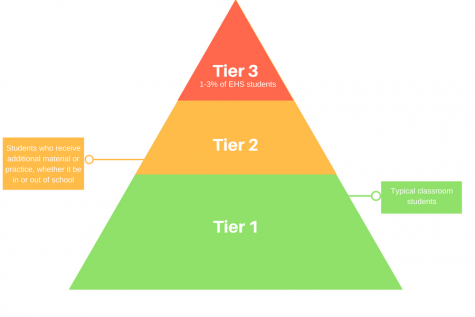
Three tiers make up RTI:
- Tier 1: High-Quality Classroom Instruction, Screening, and Group Interventions
- Tier 2: Targeted Interventions
- Tier 3: Intensive Interventions and Comprehensive Evaluation
The foundation of RTI is high-quality, scientifically-based classroom instruction. That instruction should be accessible to all students, routinely assessed for comprehension and provide multiple means of engagement, according to the Wisconsin Department of Public Instruction.
RTI shifts teacher instruction away from being solely lectured based, and challenges instructors to incorporate a variety of instruction methods also know as differentiated instruction.
Researchers have yet to prove the existence of specific learning styles according to a study conducted by four Psychology professors from four different universities. A diverse teaching approach dictated by content would then be the effective.
While students may identify their own learning style, they benefit from various approaches.
“I’m more of a hands on learner,” James Sherman (10) said. “Using more than one sense through activities is most effective for my learning.”
The one-size fits all type of instruction doesn’t serve the highest number of learners.
“Teachers could definitely try using different teaching styles in order to help students who learn differently than others rather than using one style that they’re comfortable with,” Chloe Zieroff (10) said. “Sometimes that style doesn’t help every student learn because it’s more than likely that there are multiple students with multiple different learning styles in every single classroom.”
And a panel of business people who recently spoke to the faculty spoke similarly to needing employees that can tackle a task.
The job of schools is to prepare students for the future and provide them with high-quality instruction that is relevant, according to Response to Intervention.
“I want to go into nursing when I am older, so most of the information I am taught during the school day does not prepare me for my future except for a few science classes,” Meyerkord said.
RTI pairs the high-quality, scientifically-based instruction with on-going assessment so teachers can adjust within the unit before students take the test.
The idea is to make the learning efficient. If teachers routinely check for student mastery then they can identify students who need the extra help.
“Response to Intervention is a systemic response when students aren’t successful at their first attempt,” AnnMarie Gilman, 10th grade principal, said. “There are multiple tiers of support that the school, a class or a teacher, can put into place.”
The second tier is identifying which students need additional support that go beyond the classroom, such as coming in before or after school or using resources like the Ac Lab.
The third tier is a more drastic plan created by the student, a team of administrators, counselors, parents and anybody else that may be involved in the situation to create an individualized plan for a student who is still struggling after tiers one and two.
The first two tiers are typically successful in helping a student considering only one to three percent of EHS students reach the third tier, according to Gilman.
“Those are kids who may have either potential learning disability or kids who have tried every other intervention and now we have to do something dramatic,” Gilman said. “Maybe drop an elective course and give them a study hall or put them with a teacher who can help support them. It is a pretty significant level of intervention. That is why not as many kids will need that type of intervention.”
Students have to feel safe in order to learn, which is why the district is placing such emphasis on social and emotional learning.
EHS has created the Restore Room as a Tier 3 intervention and a place for struggling students who need to leave the typical classroom for a period of time to restore a part of their education, health. There is also an online program of curriculum through Rockwood called Odysseyware that allows a student to earn credit for a course at their own pace.
Quality instruction maximizes learning. And now-a-days changing things in the classroom couldn’t be easier. Interactive activities such as Kahoot and Quizlet Live are just a couple of ways teachers incorporate hands-on activities in order to help students prepare for exams and further their learning.
Freshman Biology classes teamed up with Food’s 2 classes to conduct a scientific method experiment involving cookies.
Biology students followed steps of the scientific method and hypothesized on how much of an ingredient and what ingredients would make a cookie taste the best. Students in Angie Wilke’s Food’s 2 classes then used these predictions to bake 10 batches of cookies per class for students and teachers to taste test and draw conclusions.
“This was a new teaching approach that we have adopted because in science we are always looking for ways to make it more authentic for students,” Mandy Kotraba, Science, said. “You hear it all the time: ‘when am I ever going to use this in life.’ Now they saw it in real life. They see that science is in every aspect of their lives. It was cool to work with another discipline and with foods. Hopefully in the future we could work with other departments as well.”
Sydney Schaefer, Biology student, agreed that the experiment felt more authentic.
“All of my science classes in middle school weren’t the most engaging,” Schaefer said. “It was really cool to do something different and be able to learn the scientific method through baking cookies.”
Rachel Altice, Food’s 2 student, enjoyed the opportunity to help out the Biology students and try different cookie recipes as well.
“Each foods group in my class had a recipe that was a little different,” Altice said. “My group’s recipe contained only brown sugar instead of normal sugar while another group used bananas instead of eggs. The Biology students could then see how the different ingredients affected the end result of the cookies.”
This hands-on idea that Kotraba conducted with her freshmen maximized their learning experience and appealed to all types of learners.
During the time that the staff was in school, teachers provided students with information and then the mastery of the material was up to the students.
The classroom would look and feel different if instead of taking notes from slides, students assessed a diorama of a Mongolian tribe and made conclusions about their lives from that diorama and then did the same for a scene from Egyptian Mamluks lives. Students could finally connect their observations to their lives.
RTI’s focus on high-quality, scientifically-based instruction student engagement should increase, the number of students needing interventions should decrease and school will update to catch up with the rapidly changing times.
Monday, Oct. 23, students and faculty will participate in the second annual Student Health and Wellness Conference, taking a break from the busy pace of life and explore how to affect positive change on one’s emotional well being–perhaps the largest Tier 2 intervention possible.
Your donation will support the student journalists of Eureka High School - MO. Your contribution will allow us to purchase equipment and cover our annual website hosting costs.
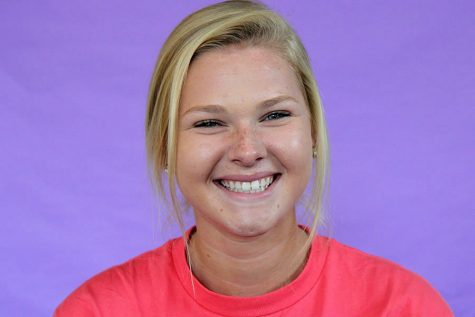
Glascock is a news reporter for the EHS-hub. This is her second semester on staff. Her hobbies include travelling, writing, hanging out with friends, going...


